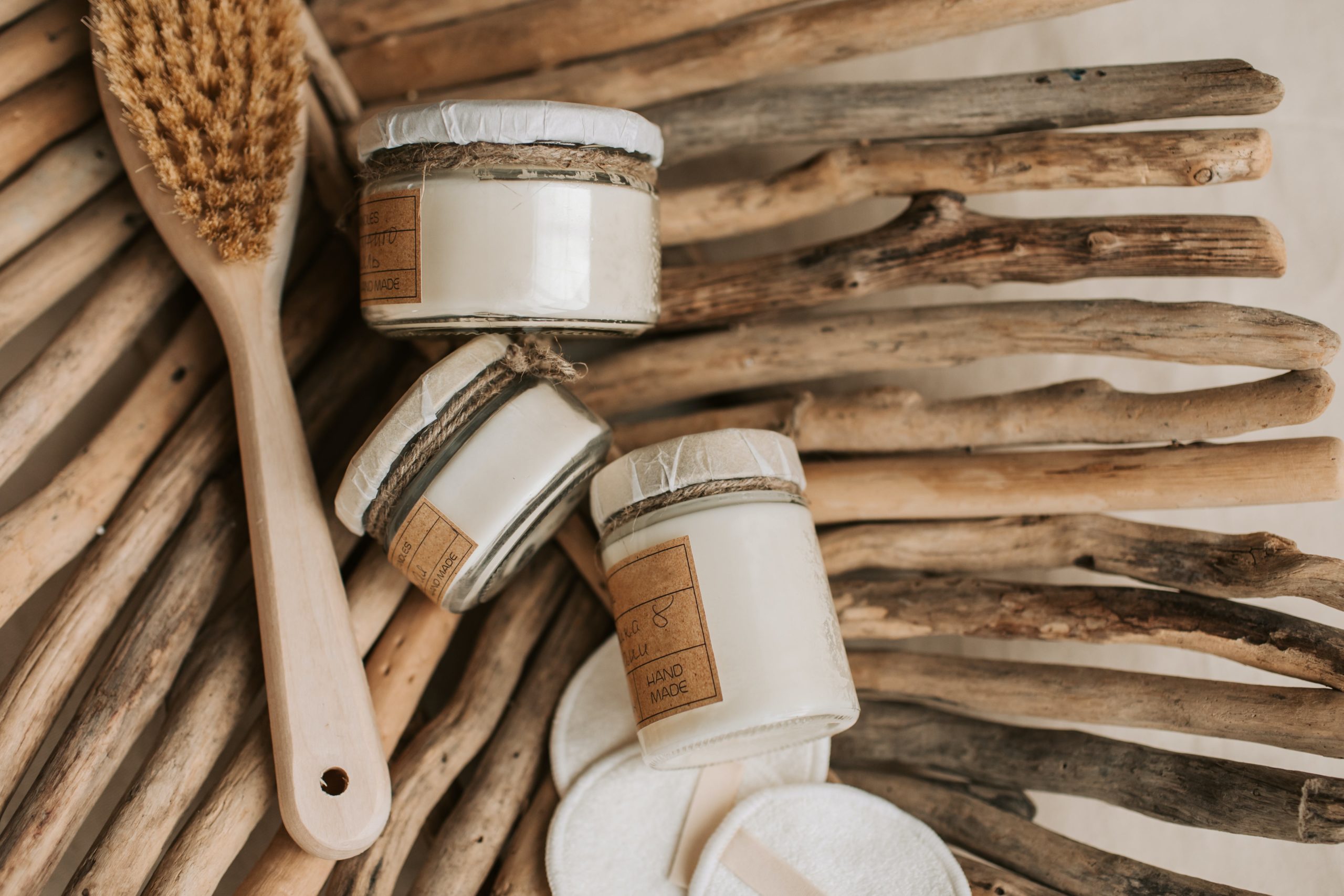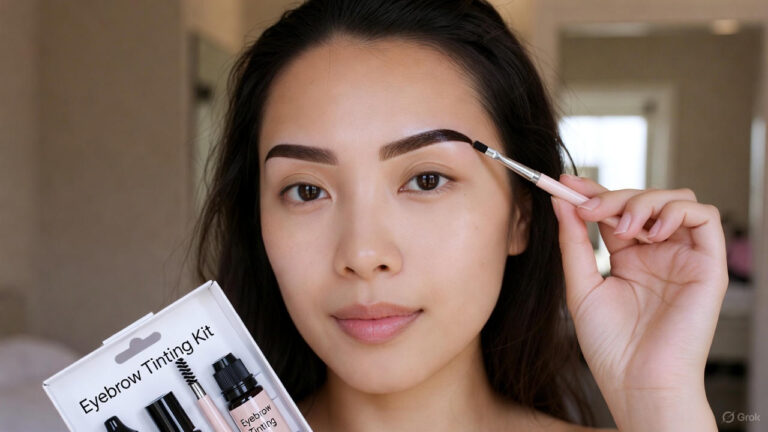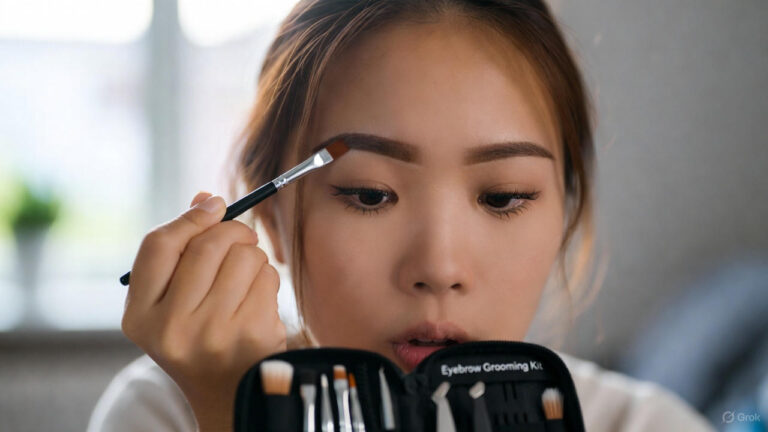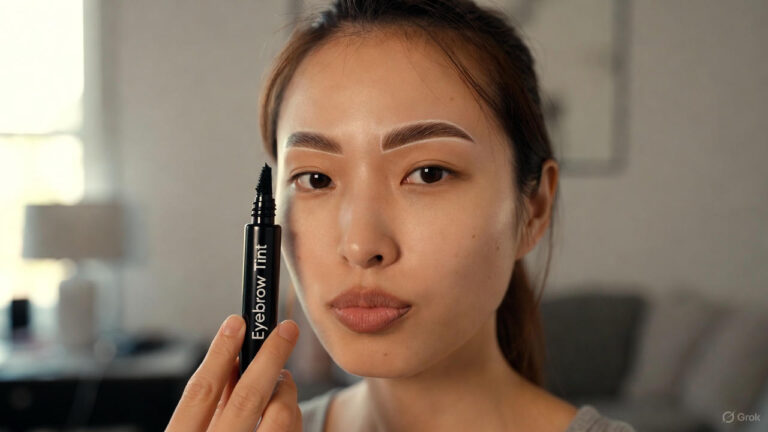The quest for flawless skin has led to the proliferation of various skincare products and tools, with facial cleansing tools gaining increasing popularity in recent years.
The market is flooded with options promising a deeper and more effective cleanse. But are these tools truly necessary, and more importantly, are they safe for your skin?
In this article, we delve into the world of facial cleansing tools, exploring their benefits, potential risks, and the verdict on whether they should be a staple in your skincare routine.
Pros and Cons of Facial Cleansing Tools
Pros
- Deep Cleansing: One of the primary advantages of facial cleansing tools is their ability to provide a deeper cleanse compared to traditional methods. These tools often use advanced technologies such as oscillation or rotation, effectively removing dirt, oil, and impurities from the pores.
- Exfoliation: Many facial cleansing tools come with exfoliating features, promoting the removal of dead skin cells. This can contribute to a brighter complexion and improved skin texture, making these tools particularly beneficial for those with dull or rough skin.
- Enhanced Product Absorption: By thoroughly cleansing the skin, these tools pave the way for better absorption of skincare products. Serums and moisturizers can penetrate more effectively into the skin, maximizing their benefits.
- Stimulates Blood Circulation: Some facial cleansing tools incorporate features that stimulate blood circulation, promoting a healthy glow and potentially aiding in the reduction of puffiness.
Cons
- Over-Exfoliation Risk: While exfoliation is crucial for healthy skin, overdoing it can lead to irritation and damage. Some facial cleansing tools, particularly those with harsh bristles or strong vibrations, may increase the risk of over-exfoliation, especially for individuals with sensitive skin.
- Cost: Quality facial cleansing tools can be relatively expensive, and not everyone may find it feasible to invest in such devices. Traditional cleansing methods, like using hands or gentle face cloths, are more budget-friendly alternatives.
- Maintenance: Many facial cleansing tools require regular maintenance, such as cleaning brush heads or replacing parts. This can be an additional chore for individuals seeking a hassle-free skincare routine.
- Potential for Irritation: For those with sensitive skin, certain facial cleansing tools may cause irritation or redness. It is essential to choose tools with adjustable settings and use them cautiously, especially if you have pre-existing skin conditions.
Are Facial Cleansing Tools Necessary?
The necessity of facial cleansing tools varies from person to person and depends on individual skincare needs. For individuals with specific concerns such as stubborn blackheads, uneven skin texture, or a desire for a more thorough cleanse, these tools can be beneficial. However, for those with a simple and effective skincare routine, traditional methods may suffice.
It’s crucial to consider your skin type, concerns, and lifestyle when determining whether facial cleansing tools are necessary. If you currently enjoy positive skin health without these tools, incorporating them may not be essential. On the other hand, if you struggle with persistent skin issues, these tools could be a valuable addition.
Safety Concerns
- Skin Sensitivity: Individuals with sensitive skin should exercise caution when using facial cleansing tools. It is advisable to choose tools with adjustable settings to control intensity and avoid potential irritation.
- Frequency of Use: Overusing facial cleansing tools can lead to adverse effects. Experts recommend using these tools 2-3 times a week to prevent over-exfoliation and maintain a healthy skin barrier.
- Cleaning and Maintenance: Regularly clean and maintain your facial cleansing tools to prevent the buildup of bacteria and mold. Neglecting proper hygiene practices can lead to skin infections and breakouts.
- Choosing the Right Tool: Selecting a facial cleansing tool that suits your skin type and concerns is crucial. Avoid tools with overly abrasive features, and opt for those designed for your specific skin needs.
Conclusion
Facial cleansing tools have carved a niche for themselves. While they offer advantages such as deep cleansing and exfoliation, potential drawbacks and safety concerns should not be overlooked. The necessity of these tools depends on individual preferences and skincare requirements. Before incorporating facial cleansing tools into your routine, carefully assess your skin type, concerns, and budget to make an informed decision. Always prioritize safety, follow usage guidelines, and consult with a dermatologist if you have specific skin conditions or uncertainties.
FAQs:
Q1: Can facial cleansing tools be used daily?
It is generally not recommended to use facial cleansing tools daily. 2-3 times a week is a suitable frequency to avoid over-exfoliation and potential skin irritation.
Q2: Are facial cleansing tools suitable for all skin types?
Facial cleansing tools can be beneficial for various skin types, but individuals with sensitive skin should choose tools with adjustable settings and exercise caution to prevent irritation.
Q3: Do I need to replace the brush heads of my facial cleansing tool regularly?
Yes, it is essential to replace brush heads or other parts of your facial cleansing tool as recommended by the manufacturer. Regular replacements maintain hygiene and ensure optimal performance.
Q4: Can facial cleansing tools cause acne breakouts?
If not cleaned properly, facial cleansing tools may harbor bacteria, leading to acne breakouts. Regular cleaning and maintenance are crucial to prevent such issues.



